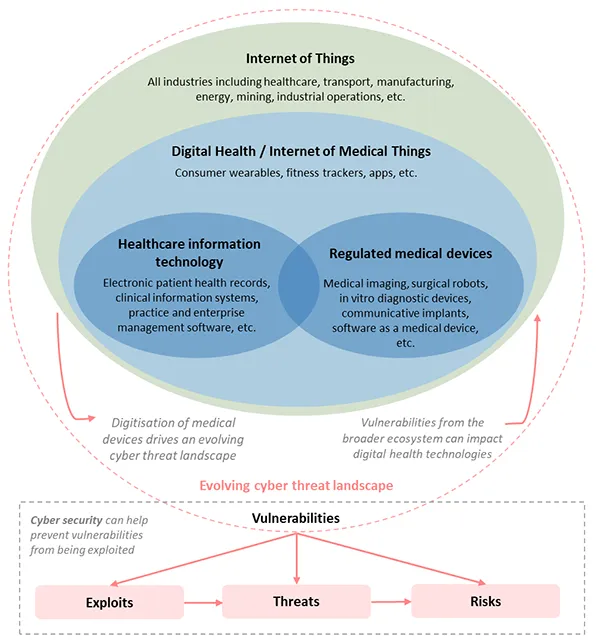We will have limited operations from 15:00 Wednesday 24 December 2025 (AEDT) until Friday 2 January 2026. Find out how to contact us during the holiday period.
Purpose
This guidance has been produced in order to support Australia's medical device cyber security capability, embedding improved cyber security practices across the medical device sector.
This guidance on cyber security for medical devices is in line with existing regulatory requirements and will assist in supporting the implementation of risk-based regulatory approval pathways that are guided by and support the Australian Government's cyber security strategy- external site.
The purpose of this guidance is to help manufacturers and sponsors understand how the TGA interprets regulations, and thus indicate how to comply. This is a guide only, and manufacturers and sponsors are encouraged to familiarise themselves with the legislative and regulatory requirements in Australia. If necessary, seek professional advice as it is the responsibility of each manufacturer or sponsor to understand and comply with these requirements.
This document will evolve over time and updates and clarifications will be included as required. Feedback on the guidance is always welcome.
Alongside this guidance, the TGA has also produced medical device cyber security guidance for users.




